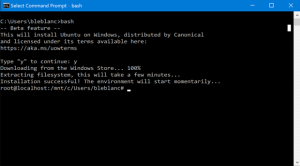

here is what we need to tell the shape file if we want to enable all of the mention codecs :

When we have them installed they should besides be included in the ffmpeg facility. For exercise, CumulusClips requires Xvid, Lame, Faac, OpenCore AMR, OGG, Vorbis, VPX, Theora and x264 codecs to function properly. Here is the part where you need to include the codecs for your application. Once you are in the directory, we can begin the configuration of FFmpeg. Read more: Install Windows 10 on SSD Effortlessly and Securely | 2 WaysĪfter the download is finished you should see a directory called ‘ ffmpeg ’ containing all the files. We will pull the latest version from the FFmpeg GitHub depository : # git clone git:///ffmpeg.git # yum install autoconf automake gcc gcc-c++ git libtool make yasm nasm pkgconfig zlib-devel Let ’ s install the dependencies for compiling and configuring FFmpeg : Now we have a fortune more tools available. Let ’ s prepare our system by adding the EPEL depository ( if you have done this already, you can skip to the following step ) īefore we start we need to mention that you will need SSH access to your VPS/Dedicated server and root privileges. Most of the platforms have them included in their documentation or during the initiation you will see them on the check degree. When you have decided which video-sharing platform you will use, you need to check the compulsory codecs for it. In this tutorial we will cover the basic initiation of FFmpeg and explain how you can add the command codecs before the installation. Reading: How to install FFmpeg on your VPS / Dedicated Serverĭifferent applications require different audio/video codecs and different FFmpeg versions.


 0 kommentar(er)
0 kommentar(er)
